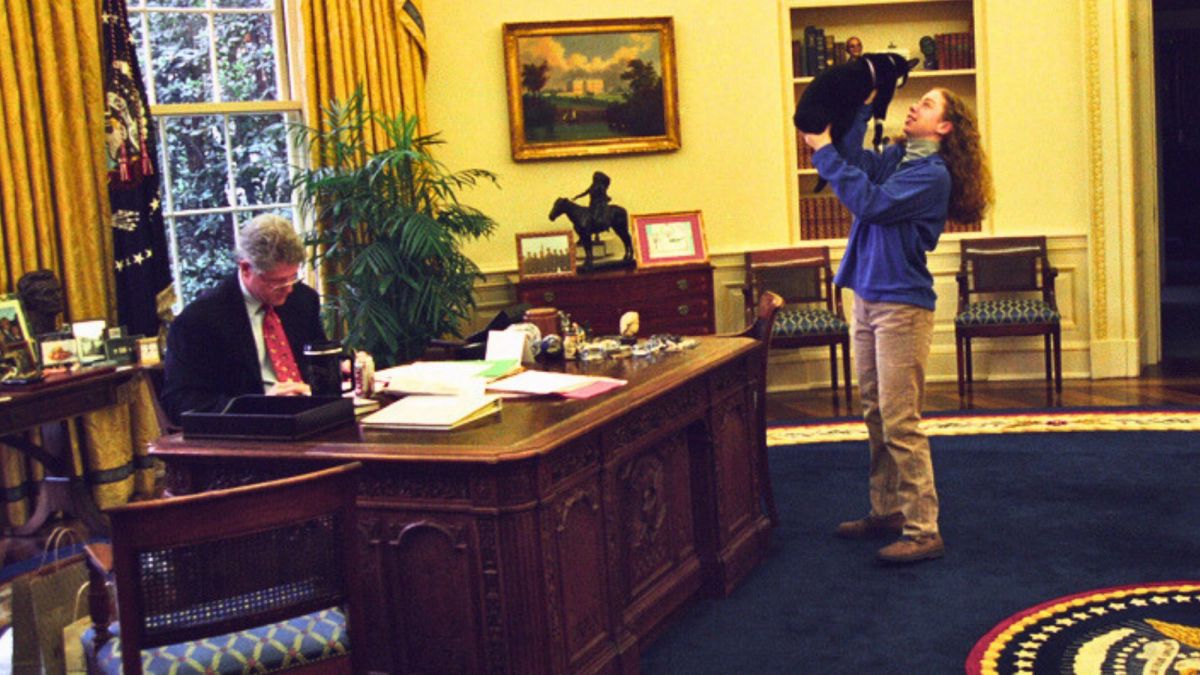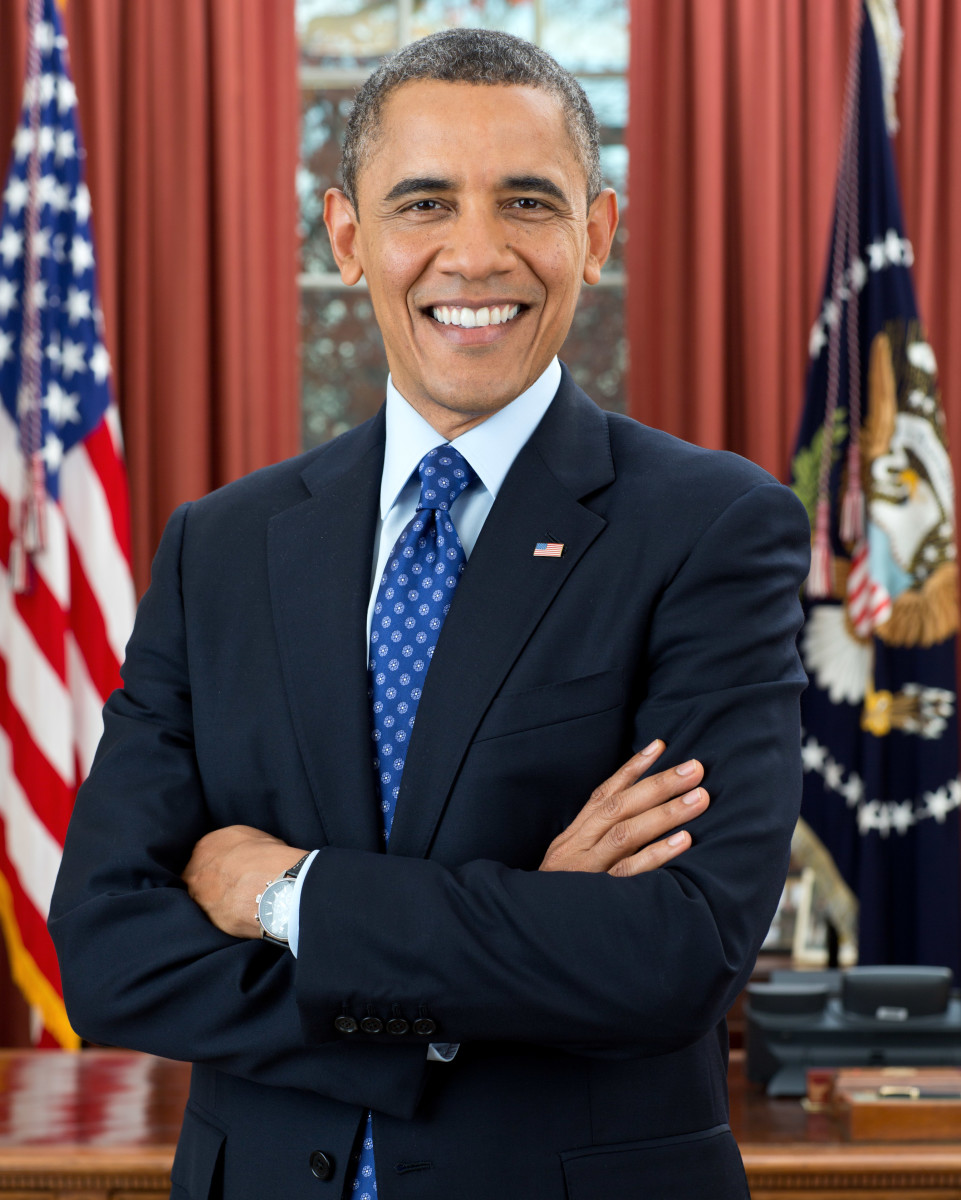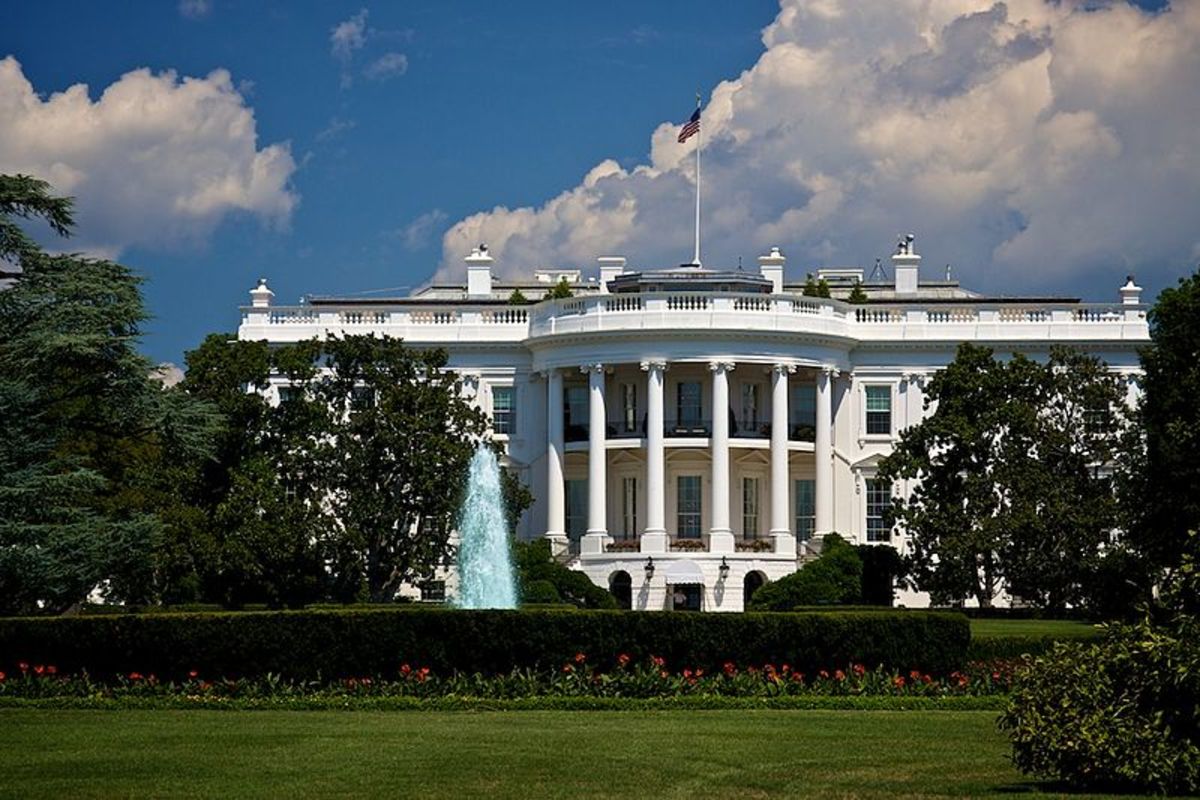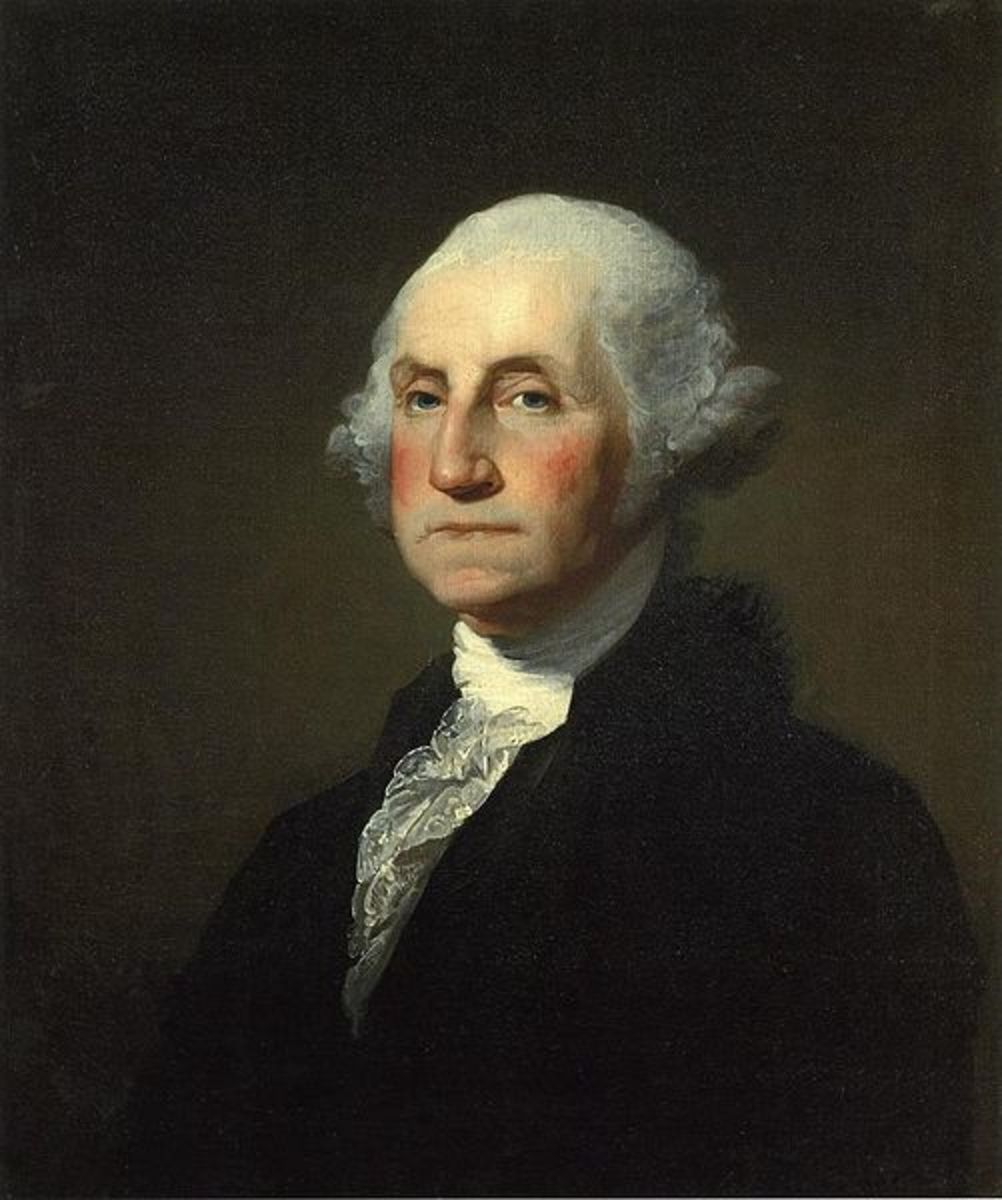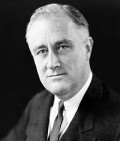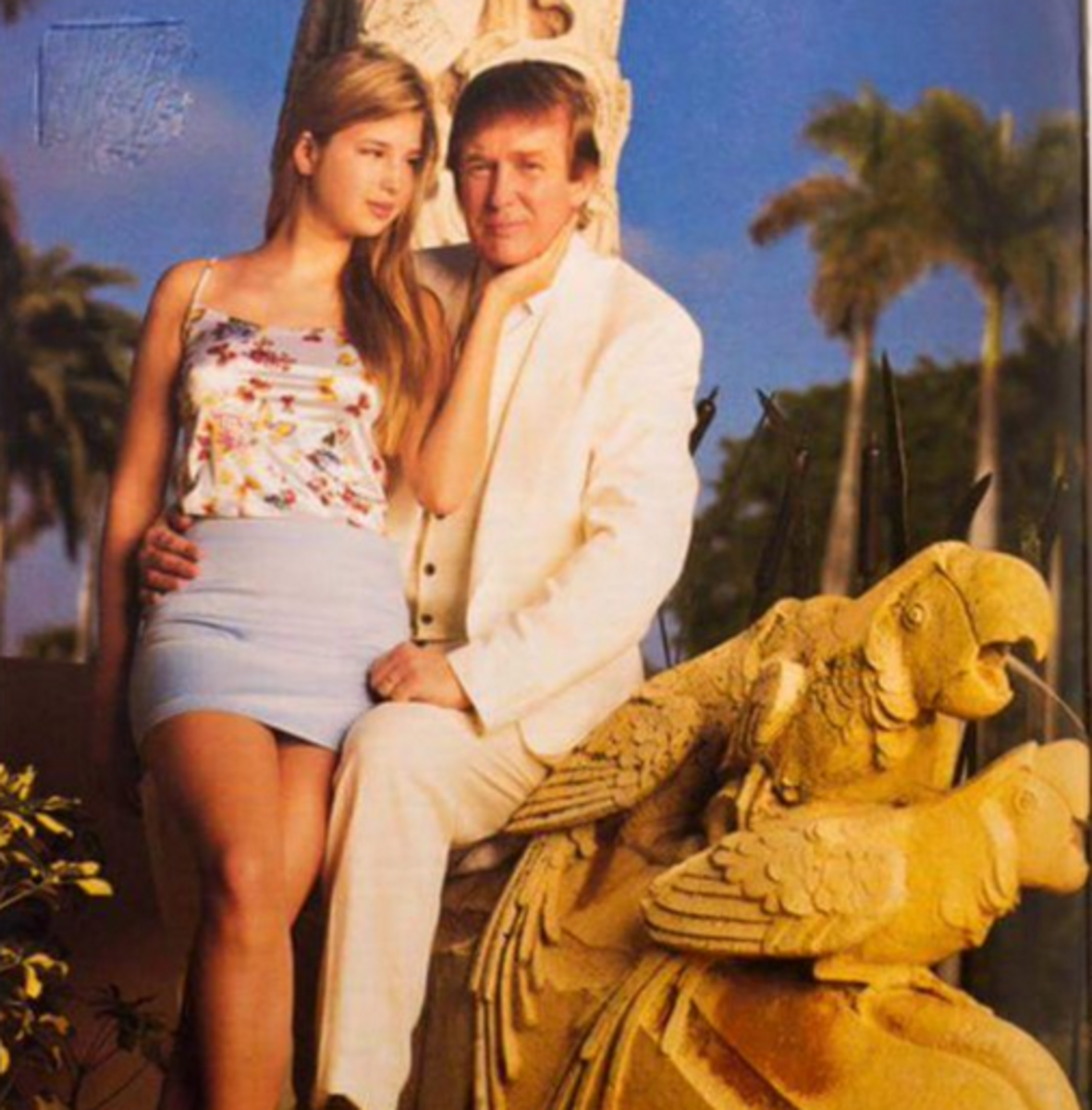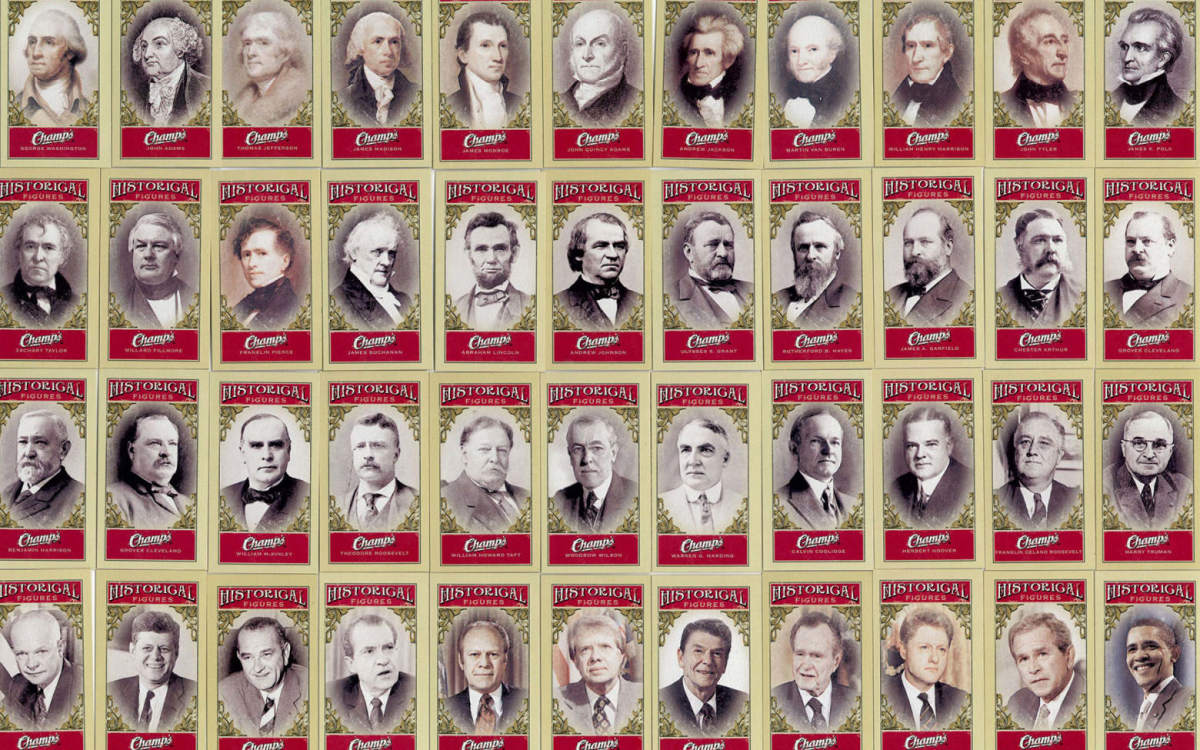Presidential Inaugurations: History and Little Known Facts
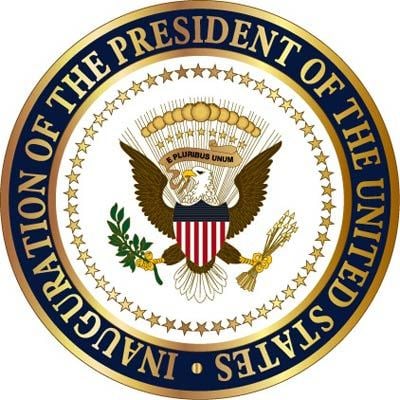
Since the inauguration of America's first president, George Washington, the ceremonies celebrating the "changing of the guard" of American government have been steeped in tradition.
Before a newly elected president can assume their duties, the United States Constitution dictates that they take an oath of office. The moment the few words of the oath are spoken, the transfer of power has taken place. One president's term has ended and the new one begins.
Presidential Oath of Office
"I do solemnly swear that I will faithfully execute the Office of President of the United States, and will try to the best of my ability, to preserve, protect and defend the Constitution of the United States."
--- United States Constitution
George Washington's Inauguration
On April 30, 1789, General Washington sat waiting in his hotel in New York City for a coach to take him to his swearing in ceremony at Federal Hall. The Inauguration Committee soon realized they had forgotten an important detail, transportation for the president. They hastily arranged for a magnificent carriage with four horses to pick up Washington for the ride that would take him to begin his place in history as our first president.
At the appointed hour, the ceremony was ready to begin when another oversight of the committee became apparent; there was no Bible for the president to swear upon. The presiding judge who was to administer the induction of Washington into office, advised an oath taken without swearing on a Bible would be invalid. A messenger was dispatched to a nearby Masonic Lodge to borrow a Bible. It became known as the "Washington Bible" and was later used at the inaugurations of Presidents Dwight D. Eisenhower, Jimmy Carter and George H. W. Bush.
Washington's Bible
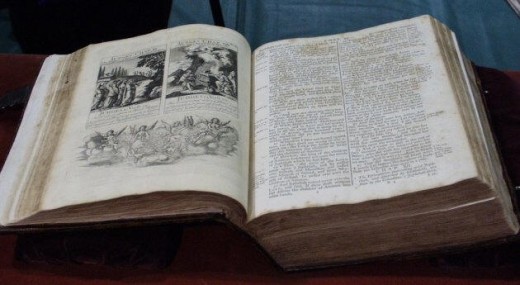
Andrew Jackson Being Sworn In
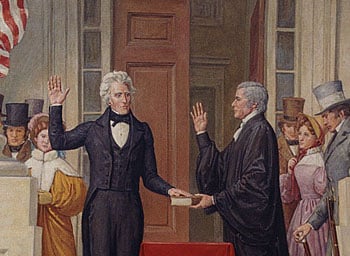
Abraham Lincoln Taking Oath of Office
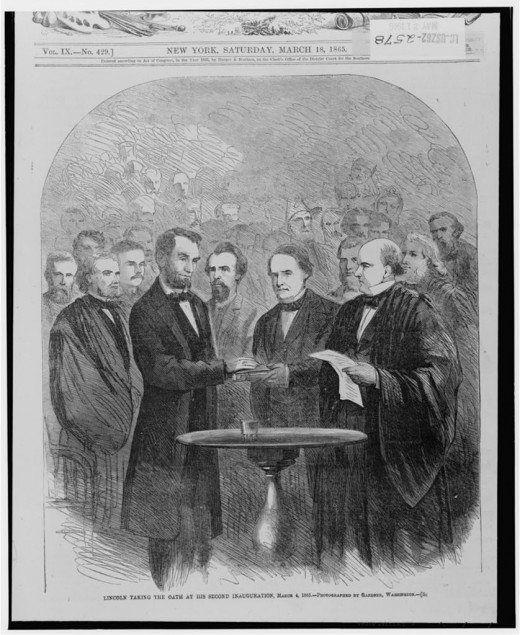
President's Speech is a Key Part of the Ceremony
After taking the oath of office, President Washington gave a few remarks about his plans and goals for the new country. Since that time, it has become tradition for the incoming president to give what is known as an Inaugural Address immediately after being sworn in. President Washington has the distinction of giving the shortest address in history when he was sworn in for his second term in office. It was a mere 135 words.
In stark contrast, President William Henry Harrison gave the longest oration in history when he spoke for nearly two hours while delivering his speech of 8,445 words. It dealt mostly with Roman history, which no one understood why. He not only bored the audience to death but it is believed the speech caused his untimely death. After standing in a snowstorm without wearing a coat during the lengthy address, he contracted pneumonia and just one month later he became America's first president to die in office.
President Thomas Jefferson was very bitter against many of the nation's newspapers and was vocal about it during the speech at his second ceremony. During his entire first term as president, the papers were constantly filled with reports of him fathering children with one of his slaves, Sally Hemings.
President Lincoln's advisers were concerned about the course of events that would transpire after his inauguration address. Tensions were running high between the north and south, and several southern states had declared their plans to secede from the Union. The tone of his speech could possibly spur on a civil war.
"We are not enemies, but friends. We must not be enemies. Though passion may have strained, it must not break our bonds of affection."
--- President Abraham Lincoln
As expected, Lincoln's speech was praised in the north but the south took it as a challenge to go to war and the Civil War began the following month. Ironically, the war would end five days before Lincoln was assassinated.
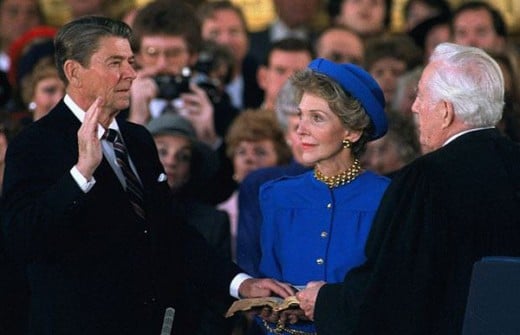
Famous Quotes by Presidents on Inauguration Day
In 1933, the 32nd President of the United States, Franklin Delano Roosevelt took office at the height of the Great Depression. In his speech outlining his "New Deal" program, a plan to increase jobs, he gave the country reassurance of better things to come by telling Americans, "the only thing we have to fear is fear itself". It has been said by many that the inclusion of those words in his speech and his overall optimistic tone, caused the country to rally behind the new president and his radical economic proposals.
Probably the most repeated and remembered quote of any inaugural address was given by President John F. Kennedy on January 20, 1961.
"Ask not what your country can do for you; ask what you can do for your country."
---President John F. Kennedy
Those few words led to a difference in the way the American people viewed their responsibilities toward social service to their fellow countrymen and also worldwide with the establishment of programs such as the Peace Corps under President Kennedy's administration.
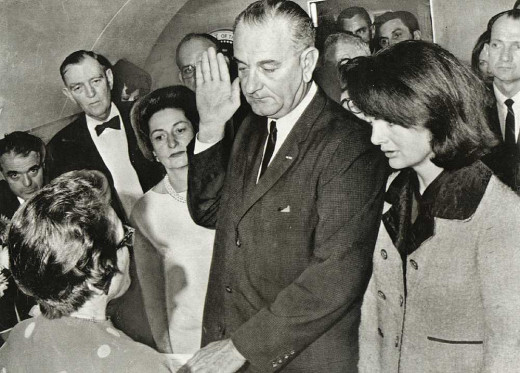
Other Firsts
President Franklin Pierce used the word "affirmed" rather than "swear" while taking his oath and refused to have a Bible present. Many close to him felt he was having a crisis of faith following the death of his only remaining child just a few weeks before he was to take office. Mr. and Mrs. Pierce, who had previously lost two children, were travelling by train with their eleven year old son when an accident occurred and the child was decapitated in front of them. Of course, Mrs. Pierce did not attend the ceremony and it was very subdued, unlike others in history.
President Kennedy's swearing in had an extremely odd happening that could have been disastrous. During Cardinal Richard Cushing's invocation, smoke started to rise from the podium. After investigation by the Secret Service, it was determined an electric heater had been placed under the podium due to the very cold weather and the electrical wire had a short causing it to smolder and smoke. It is interesting to note that Cardinal Cushing kept his composure and continued on with the prayer.
Another weather related incident plagued the Presidential Ball held in honor of President Ulysses Grant. The temperature in Washington that night was bitter cold and someone failed to turn on the heat in the ballroom. To make the atmosphere more festive for the uncomfortable party goers, canaries were brought into the room to "sing" for the guests. Unfortunately, the birds died in the frigid room!
Another tradition is the Inaugural Parade. President Woodrow Wilson was a forward thinking president, as demonstrated by his parade on March 4, 1917. Women were allowed to participate for the first time!
President Lyndon Johnson did not deliver an inaugural address at the beginning of his first term in office. He was sworn in on the official presidential airplane, Air Force One, at Love Field in Dallas. Just minutes later, the plane took off to return to Washington, DC to begin the process of helping the nation heal. Standing by his side was Jackie Kennedy, widow of President John F. Kennedy who had been killed by an assassin just 2 hours and 38 minutes earlier.
The American people have always shown great interest in the beginnings of a new presidential term, whether with hopeful anticipation or indignation that their chosen candidate was not the victor in the election process. Here are some "firsts" with regard to the media and presidential inaugurations:
- The first ceremony to be photographed was President James Buchanan's in 1855.
- President William McKinley's swearing in was the first to be filmed in 1897.
- President Warren G. Harding was the first president to use a public address system at his inauguration. Prior to that, the crowds at the event could only watch and not hear what was happening.
- In 1925, President Calvin Coolidge was the first president-elect to have his inauguration speech broadcast over the radio.
- The first televised ceremony was President Harry Truman's in 1949 when the nation had 170,000 households with televisions.
- Through modern age technology, President William Clinton's swearing in was available for viewing by the entire world via the Internet.
Controversy Surrounding the Oath of Office
As with many things surrounding the presidency, controversy exists. Such is the case with the oath of office taken by our presidents. It is not certain, but is believed, that after President George Washington repeated his oath, he bent down, kissed the Bible and said, "so help me God". It has been lost in history as whether or not that actually happened. However, several presidents have added those words at the end of their oaths. That's where the debate begins. Many people feel the words, "so help me God", are not included in the Constitution as part of the oath of office and, therefore, should not be used. It remains to be seen if a tradition and historical precedent that may have been in place since 1789 will endure.
Have You Ever Attended a Presidential Inauguration?
© 2012 Thelma Raker Coffone

